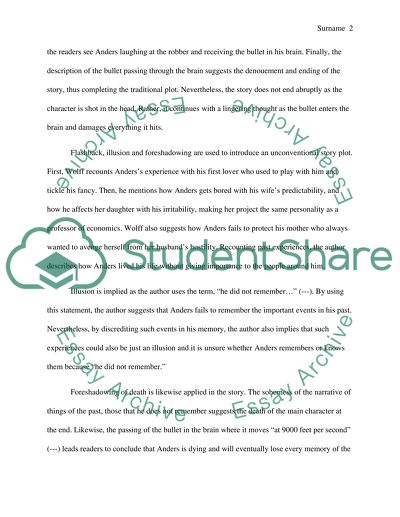Cite this document
(“Tobias Wolff's Bullet in the Brain Essay Example | Topics and Well Written Essays - 1000 words”, n.d.)
Retrieved de https://studentshare.org/literature/1468912-tobias-wolff-s-short-story-bullet-in-the-brain
Retrieved de https://studentshare.org/literature/1468912-tobias-wolff-s-short-story-bullet-in-the-brain
(Tobias Wolff'S Bullet in the Brain Essay Example | Topics and Well Written Essays - 1000 Words)
https://studentshare.org/literature/1468912-tobias-wolff-s-short-story-bullet-in-the-brain.
https://studentshare.org/literature/1468912-tobias-wolff-s-short-story-bullet-in-the-brain.
“Tobias Wolff'S Bullet in the Brain Essay Example | Topics and Well Written Essays - 1000 Words”, n.d. https://studentshare.org/literature/1468912-tobias-wolff-s-short-story-bullet-in-the-brain.


